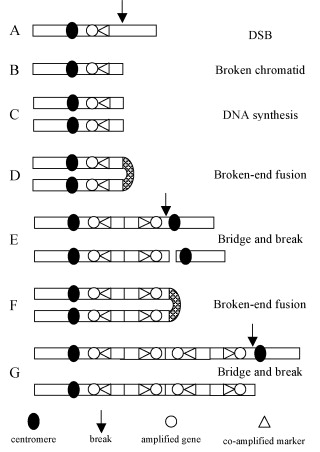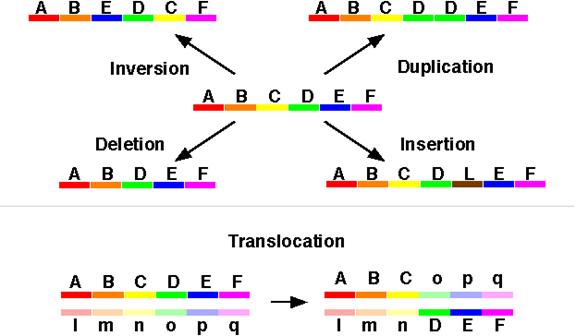Modification Chromosome Structure
Modification Chromosome Structure Assignment Help | Modification Chromosome Structure Homework Help
Modification of chromosome Structure
Chromosomes have a definite structure and organization, which is normally constant from one mitosis to the next. They, however, sometimes undergo certain structural modifications which are known as chromosomal aberrations. Since these modifications also result in a change in the organism, they are also called chromosomal mutations. The chromosome which has undergone the change replicates just like a normal chromosome. Chromosomal aberrations or mutations should be distinguished from gene mutations. Gene mutations involve changes in only single genes on the chromosome. Gene mutations involve changes in only single genes on the chromosomes. Chromosomal mutations on the other hand usually result in changes in blocks of genes. Chromosomal changes occur very rarely in nature. They can, however, be brought about artificially by treatement with chemicals, X-rays and atomic radiations.Breakage Fusion-Bridge cycles. Breaks in the chromosome are necessary for any structural changes. The cause of breaks is unknown, but they have been found to occur in natural conditions. After the break the chromosome may remain ununited. When this happens, the part of the chromosome without the centormere. Sometimes the broken ends may join immediately and the original chromosome is restored. At other times the broken ends may join segments produced by other breaks, resulting in structural changes (non-restitution union).

A chromosome break occurs, and is followed by duplication of the chromosome during prophase. As a result, two chromatids are formed. The broken ends of the chromatids behave as if they are ‘sticky’ and undergo fusion. This results in the formation of a chromatid with two centromeres (dicentric chromatid). During anaphase, spindle fibres are attached to the two centromeres. As a result the chromatid stretches out, forming a bridge from one pole to the other. This bridge may break, but at a different point, producing a deficiency and a duplication. In the deficiency, some region of the chromosome is absent; while in the duplication it is represented twice. Chromosomal aberrations are of four types: deletions or deficiencies, duplications, inversions and translocations

For more help in Modification of chromosome Structure please click the button below to submit your homework assignment.